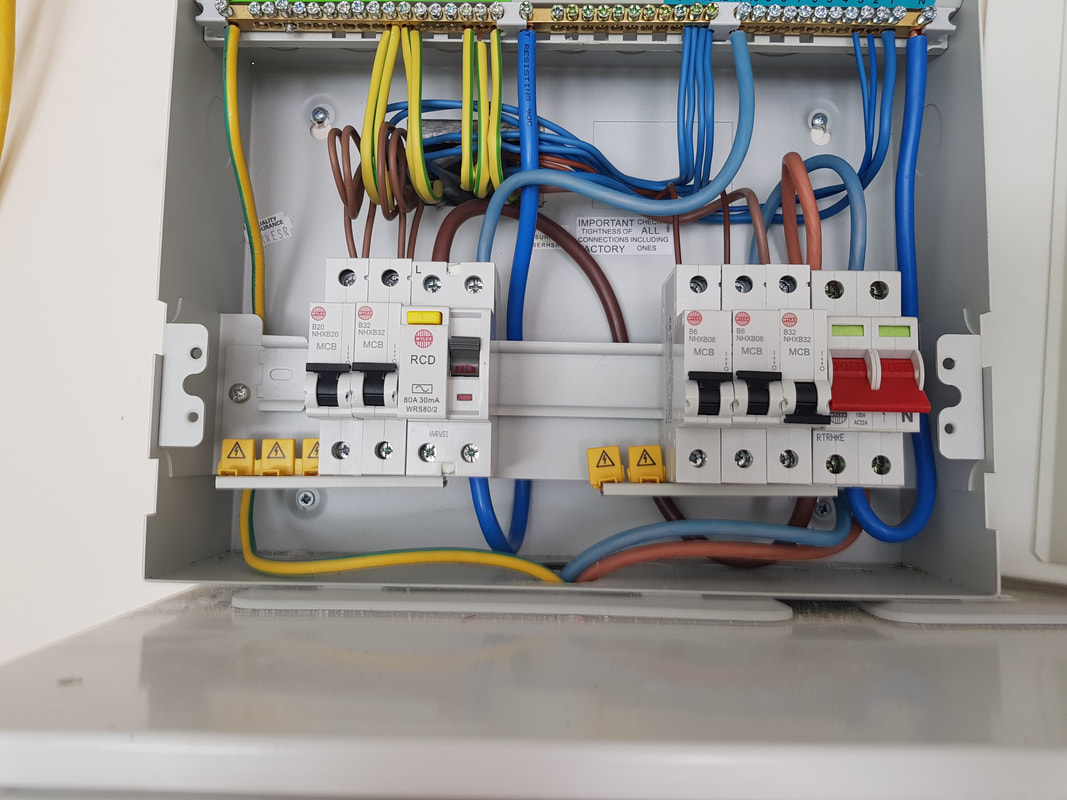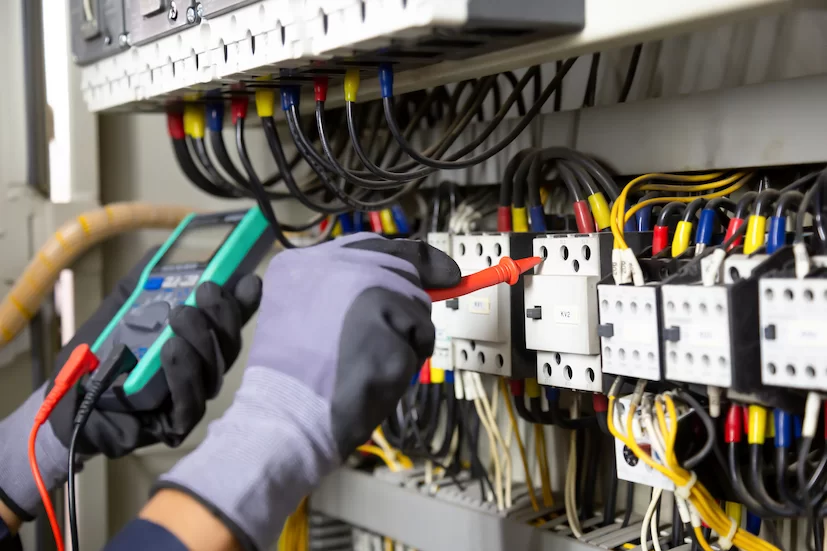Top-Notch BRE Electrical Services for Residential and Commercial Requirements
Wiki Article
Debunking Electric Installation: Recognizing Codes and Rules for a Legal and Safe Setup
In the world of electric installation, adherence to codes and regulations is extremely important to guarantee both validity and safety and security. The trip to demystifying electric installation goes beyond plain knowledge with policies; it necessitates an extensive understanding of exactly how to carry out safe electrical practices successfully.Relevance of Electric Codes
The adherence to electrical codes is vital in making sure the safety and security and reliability of electric installments. Electric codes function as a set of criteria and guidelines that dictate the appropriate design, installment, and upkeep of electrical systems. These codes are established to decrease the risk of electric risks, fires, and various other safety and security issues that might develop from damaged electric job.
Additionally, electric codes are frequently upgraded to incorporate new innovations, best practices, and safety procedures. Staying updated with these codes is essential for professionals in the electrical sector to make sure that their job satisfies the most recent safety and security standards. Inevitably, the significance of electric codes depends on creating a safe and secure and effective electrical framework that benefits both individuals and communities.
Trick Rules for Safety
Several essential laws control the safety and security requirements in electric setups. One essential regulation is the National Electric Code (NEC), which provides standards for safe electrical layout, installation, and assessment to safeguard individuals and home from electrical risks. The NEC covers aspects such as circuitry approaches, grounding, overcurrent protection, and devices installation to guarantee a secure electrical system.An additional crucial policy is the Occupational Safety And Security and Health And Wellness Administration (OSHA) requirements, which concentrate on the safety of employees associated with electrical installations (BRE Services). OSHA guidelines consist of needs for correct training, safety procedures, and personal safety equipment to avoid work environment mishaps and injuries
Moreover, the International Electrotechnical Payment (IEC) criteria intend to integrate electric installment regulations on a worldwide range. These standards address concerns like electrical devices security, electro-magnetic compatibility, and energy effectiveness to advertise uniformity and safety and security in electric installations worldwide.
Conformity with these crucial regulations is necessary to guarantee the safety and security and legality of electric setups, shielding both people and home from the risks connected with electricity.
Comprehending National Electric Code
Secret guidelines such as the National Electric Code (NEC) provide necessary guidelines for risk-free electrical style, installment, and inspection to make certain the defense of people and building from electric risks. The NEC, additionally called NFPA 70, is a comprehensive collection of requirements for electric setups that are upgraded every 3 years. It is established by the National Fire Protection Association (NFPA) and is widely adopted across the United States.The NEC covers numerous aspects of electrical job, consisting of electrical wiring techniques, grounding, overcurrent protection, and equipment setup. It aims to safeguard people and property by dealing with prospective dangers connected with electrical systems. Compliance with the NEC is normally implemented by neighborhood authorities having jurisdiction (AHJs), such as constructing code officials and inspectors.
Understanding the NEC is crucial for electrical specialists, designers, and examiners to make sure that setups meet the necessary safety and security requirements. By sticking to the NEC standards, specialists can aid avoid electric crashes and guarantee the dependability of electrical systems in property, commercial, and industrial settings.

Compliance With Local Building Regulations
Understanding and adhering to local building codes is crucial for making certain the safety and conformity of electrical installments within a particular territory. These codes lay out details requirements for electrical installations, such as the kind of circuitry to be made use of, positioning of outlets, grounding techniques, and load capabilities.
When it concerns electrical installations, failure to adhere to regional building ordinance can cause severe repercussions. Non-compliant installments might position safety and security dangers, enhance the danger of electric fires, and bring about pricey fines or legal issues. In addition, insurance provider might reject to cover problems arising from installations that do not meet neighborhood building code requirements. It is vital for electrical experts and specialists to remain notified around and strictly stick to the neighborhood building codes relevant to their jobs.
Ensuring Safe Electrical Practices
Exercising rigorous adherence to developed safety and security protocols is essential BRE Electrical Melbourne in the area of electric setups to reduce prospective threats and make sure the well-being of people and residential or commercial properties. Security in electric job includes numerous facets, starting with the proper training of personnel included in setup, maintenance, and repair work. By prioritizing risk-free techniques, electric installations can function effectively while decreasing the possibility of crashes or damages.Conclusion
In verdict, adherence to electric codes and policies is essential for guaranteeing the security and validity of electric setups. Understanding the National Electric Code and compliance with regional building ordinance are necessary for a secure configuration. By adhering to these guidelines and exercising risk-free electrical practices, people can protect against prospective threats and ensure the appropriate functioning of their electrical systems.Report this wiki page